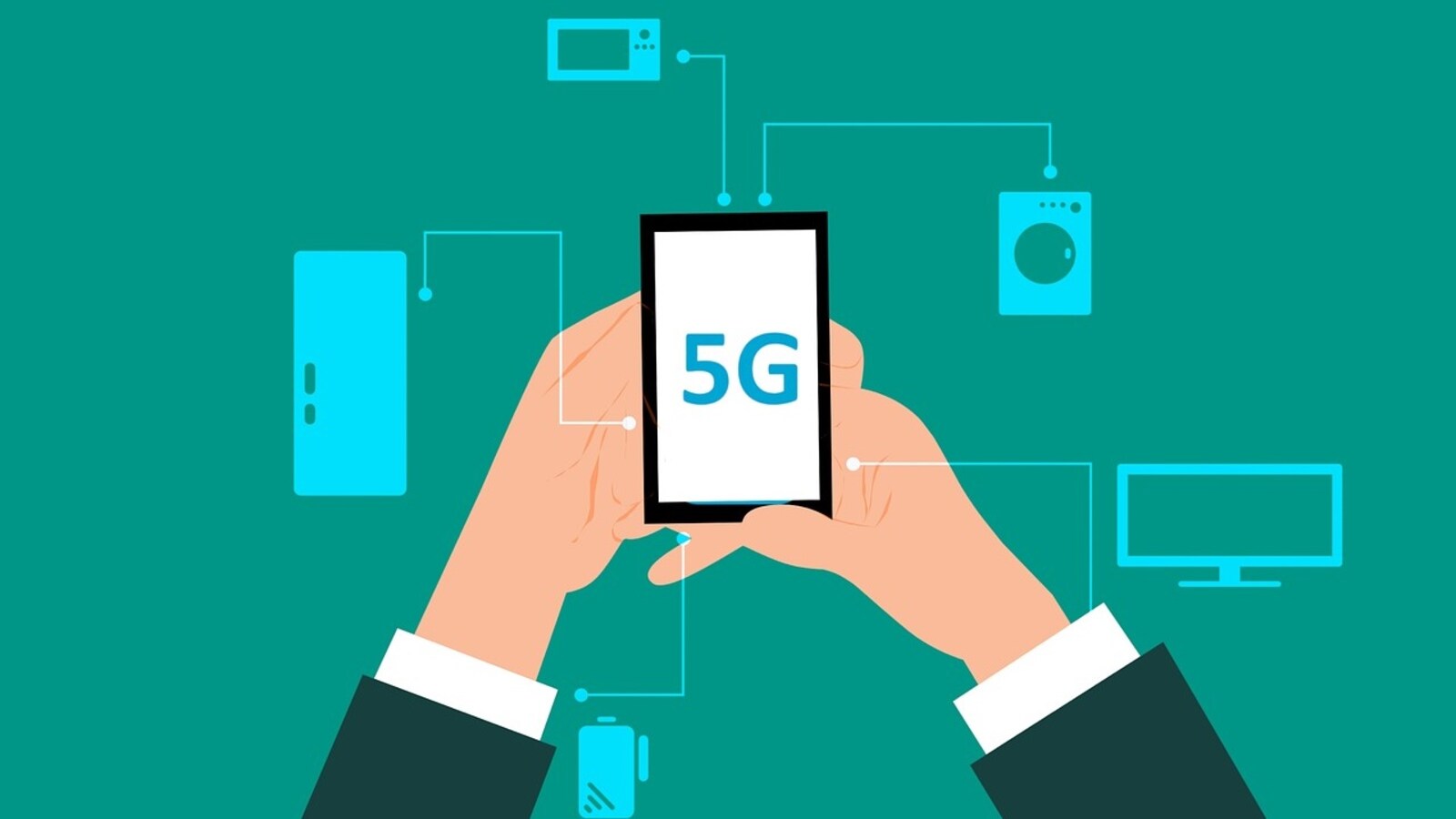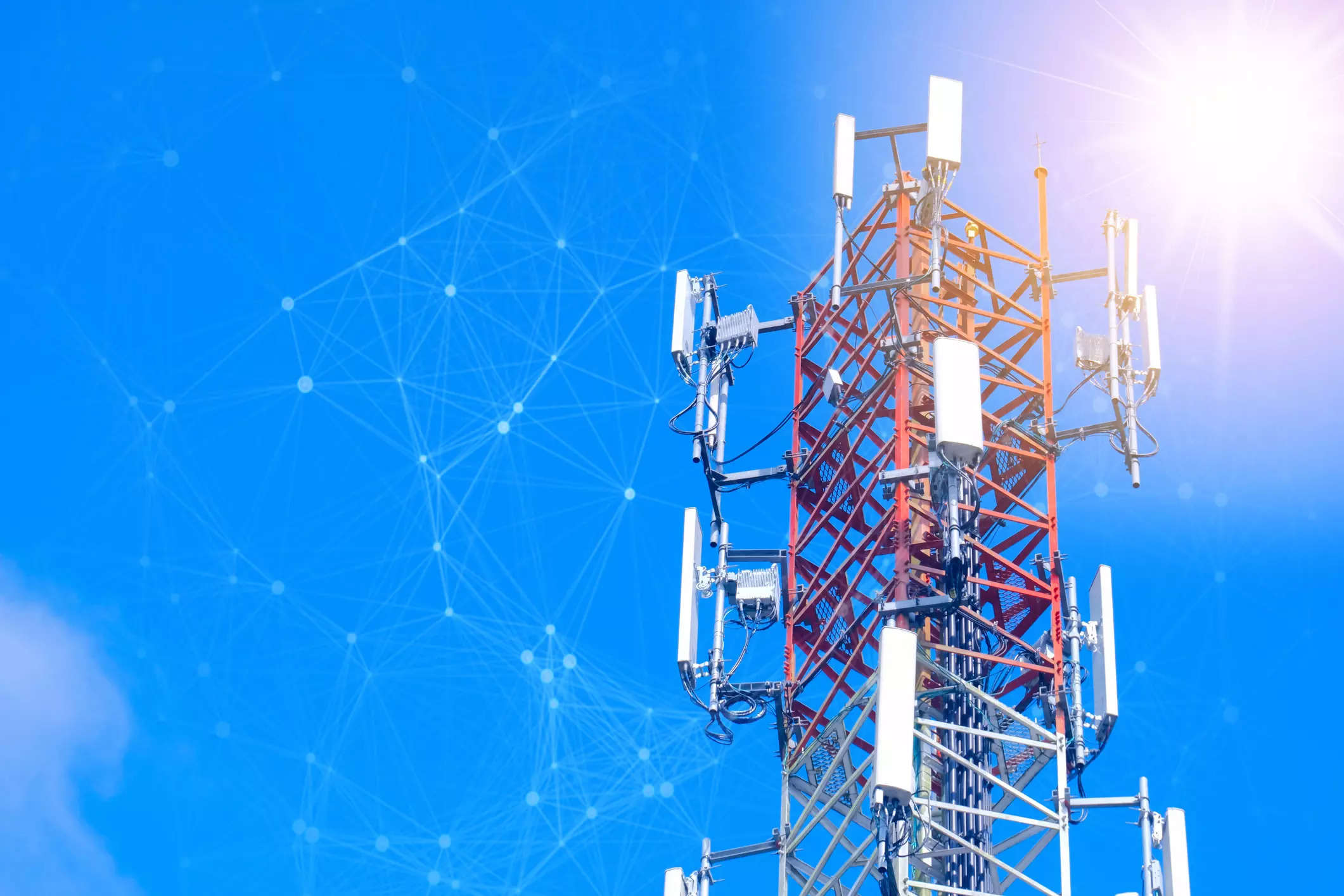Govt’s Vision: India’s Telecom Services to Stay Most Affordable 2023

Govt’s Vision: India’s Telecom Services to Stay Most Affordable 2023
In a recent statement, India’s Telecom Minister, Mr. Ashwini Vaishnaw, emphasized the government’s intent to ensure that the country’s telecom services remain the most affordable in the world.
This announcement comes in the backdrop of the rapidly evolving telecom landscape in India, with burgeoning data consumption and the impending rollout of 5G technology.

According to federal telecom minister Ashwini Vaishnaw, the government wants India’s telecom service to continue being the most reasonably priced in the world. The Cellular Operators Association of India, an industry association for the telecom sector, claims that since 5G service launched last year, telecom operators have not been able to profit from it.
“We are extremely clear from the government’s perspective. At the India Mobile Congress in 2023, Vaishnaw spoke with PTI, saying, “We would like telecom service to continue being the most affordable in the entire world. Today, among all large economies, India’s telecom sector is the most affordable telecom sector.”

Analysts estimate that for telecom operators to recoup their expenditures in 5G network construction, they would require an average revenue per user (ARPU) of between Rs 270 and Rs 300 over the course of the next three years. Currently, India’s ARPU is between Rs 140 and 200, whereas the worldwide average is between Rs 600 and 850 and around Rs 580 in China. In order to offset network costs, telecom carriers have been requesting that four to five applications with high traffic volumes on their network pay revenue share based on the business they do in India.
Out of the four mobile service providers, only Bharti Airtel and Reliance Jio have launched 5G services. Their total investment in the 5G network, including spectrum costs, is anticipated to be close to Rs 3 lakh crore.
The two businesses have not yet begun to charge for 5G internet consumption. In the midst of the debt-ridden Vodafone Idea, non-executive extra director Kumar Mangalam Birla declared at the occasion that the business will invest heavily to launch a 5G network and increase 4G coverage in the upcoming quarters.
According to Vaishnaw, BSNL is launching a 4G network that will pick up speed after Diwali and eventually be upgraded to a 5G network.
Mr. Vaishnaw’s statement underscores the importance of affordable telecommunications in the digital era, especially for a country as vast and diverse as India. With over a billion mobile subscribers and a rapidly growing internet user base, affordable telecom services play a pivotal role in bridging the digital divide and ensuring socio-economic development across all strata of the society.
India’s telecom industry has seen a remarkable transformation over the past few decades. From exorbitant call rates in the late 1990s to some of the cheapest data plans in the world by the 2010s, this evolution has been driven by robust policy support, intense competition, and technological advancements. The affordability of services has led to massive digital inclusion, with rural areas and the previously unconnected becoming an integral part of the digital ecosystem.
The government is keen on rationalizing spectrum prices to ensure that telecom operators can offer competitive rates to consumers.By investing in and promoting infrastructure like telecom towers and fiber networks, the government aims to ensure robust connectivity even in remote parts.

The government is actively supporting the development and adoption of indigenous technologies and solutions, reducing dependency on imported tech and ensuring cost-effectiveness.
To make the most of affordable telecom services, the government is emphasizing programs that educate the masses on the benefits and usage of digital tools and platforms.
Operators will likely focus on further optimizing their operational costs and exploring innovative revenue streams.
As the government pushes for affordable services, the onus will also be on telecom providers to invest in cutting-edge technologies that provide better services at lower costs.

The industry might see increased collaborations, partnerships, and mergers to pool resources and offer cost-effective solutions to the masses.
India’s quest to maintain its position as the provider of the world’s most affordable telecom services is not just about numbers; it’s about empowering every citizen in the digital age. As the Telecom Minister, Mr. Ashwini Vaishnaw’s vision takes shape, it promises a brighter, more connected future for India, ensuring that the digital revolution leaves no one behind.




